Photo


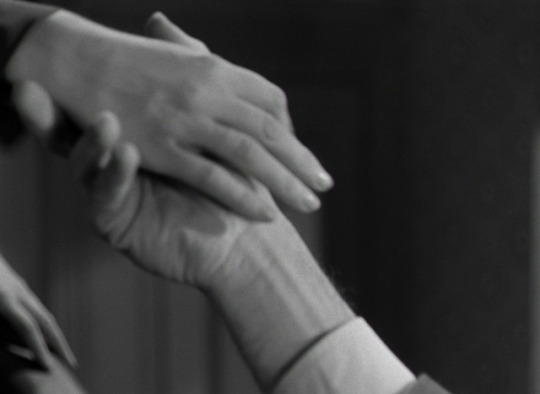


On Dangerous Ground, dir. Nicholas Ray, 1951.
8K notes
·
View notes
Photo
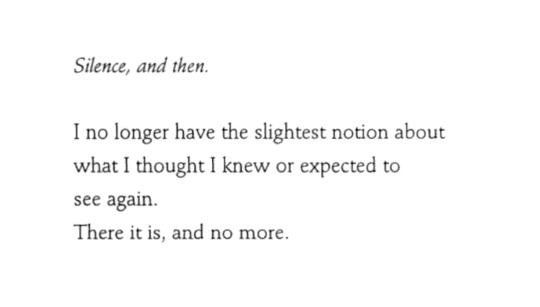
Marguerite Duras, No More (trans. Richard Howard).
2K notes
·
View notes
Photo

Сталкер (Stalker) , dir. Andrei Tarkovsky, 1979.
3K notes
·
View notes
Photo

Marguerite Duras in 1955 by Robert Doisneau.
1K notes
·
View notes
Photo


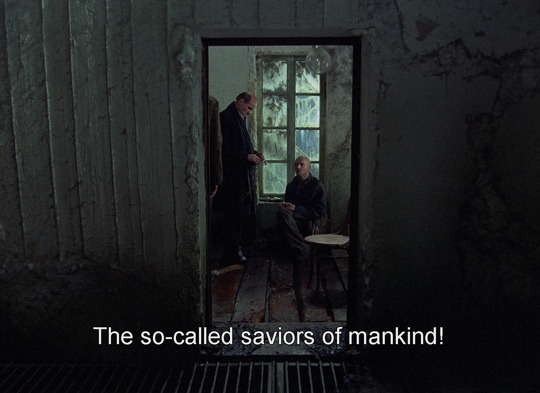


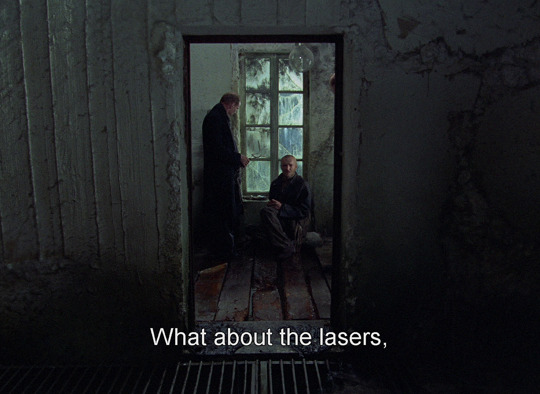
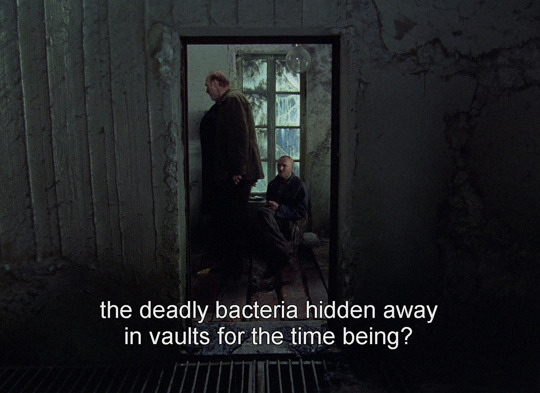

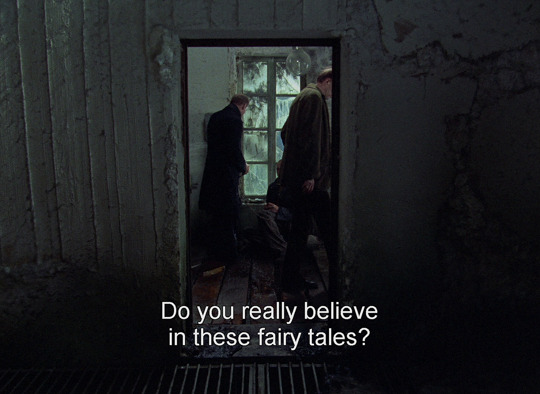

Сталкер (Stalker) , dir. Andrei Tarkovsky, 1979.
#Andrei Tarkovsky#Stalker#Anatoli Solonitsyn#Nikolai Grinko#Alexander Kaidanovsky#Cinema#Russian Cinema#Soviet Cinema#Tarkovsky#Сталкер
1K notes
·
View notes
Photo




Anatoli Solonitsyn, Margarita Terekhova, Andrei Tarkovsky, and Oleg Yankovsky during rehearsals for Tarkovsky’s Hamlet at the Lenkom Theatre, 1976.
#Anatoli Solonitsyn#Margarita Terekhova#Andrei Tarkovsky#Oleg Yankovsky#Hamlet#William Shakespeare#Russia#Cinema#Theatre
652 notes
·
View notes
Photo
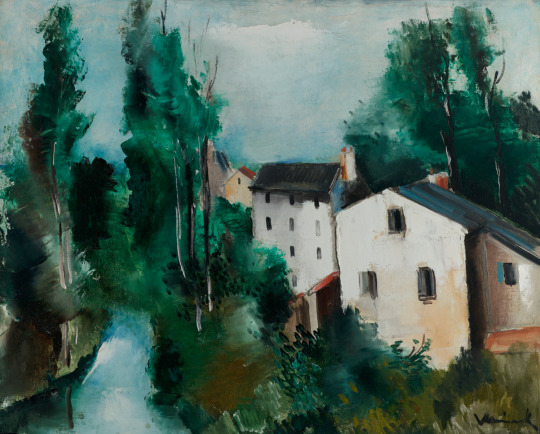
Maisons au bord de la rivière, Maurice de Vlaminck, 1908.
1K notes
·
View notes
Photo




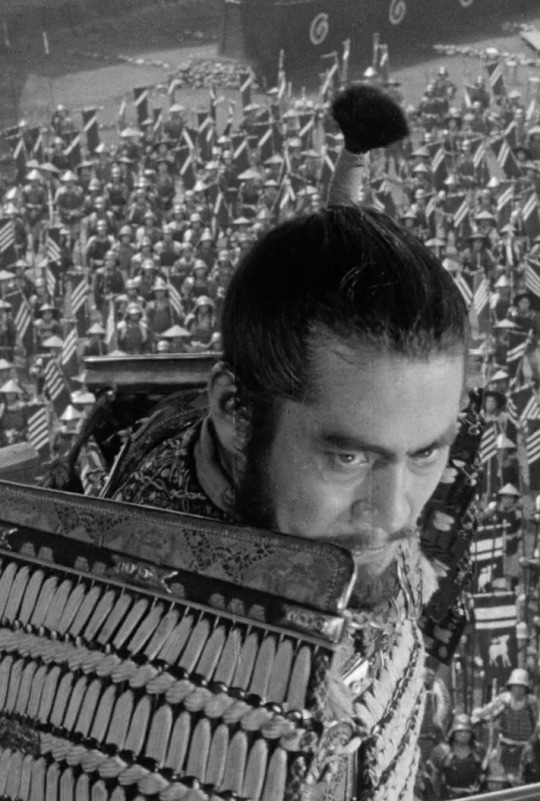

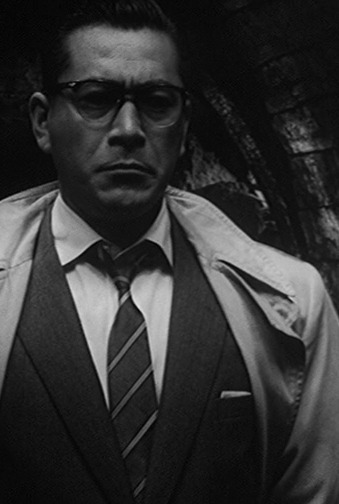
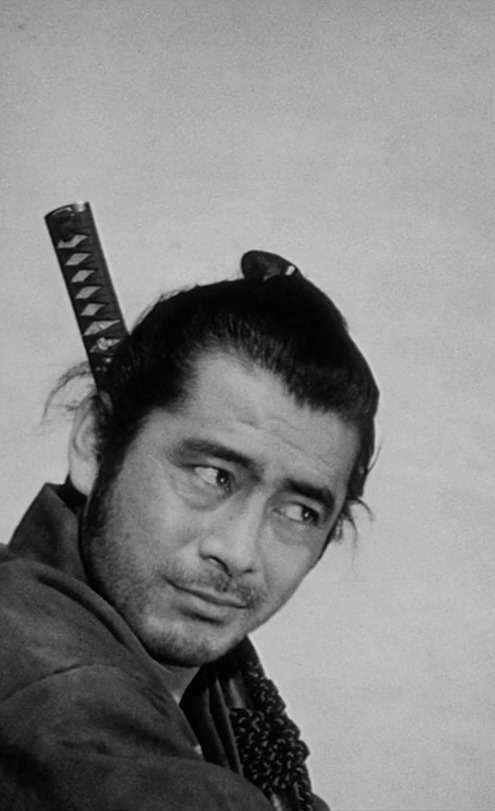

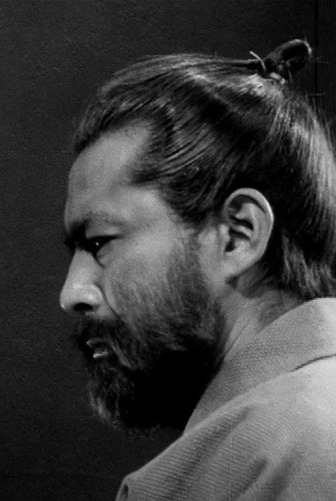
Mifune had a kind of talent I had never encountered before in the Japanese film world. It was, above all, the speed with which he expressed himself that was astounding. The ordinary Japanese actor might need ten feet of film to get across an impression; Mifune needed only three feet. The speed of his movements was such that he said in a single action what took ordinary actors three separate movements to express. He put forth everything directly and boldly, and his sense of timing was the keenest I had ever seen in a Japanese actor. And yet with all his quickness he also had surprisingly fine sensibilities. I know it sounds as if I am overpraising Mifune, but everything I am saying is true. [...] Anyway, I’m a person who is rarely impressed by actors, but in the case of Mifune, I was completely overwhelmed.
— Akira Kurosawa on Toshirō Mifune, Something Like an Autobiography (trans. Audie E. Bock).
6K notes
·
View notes
Photo
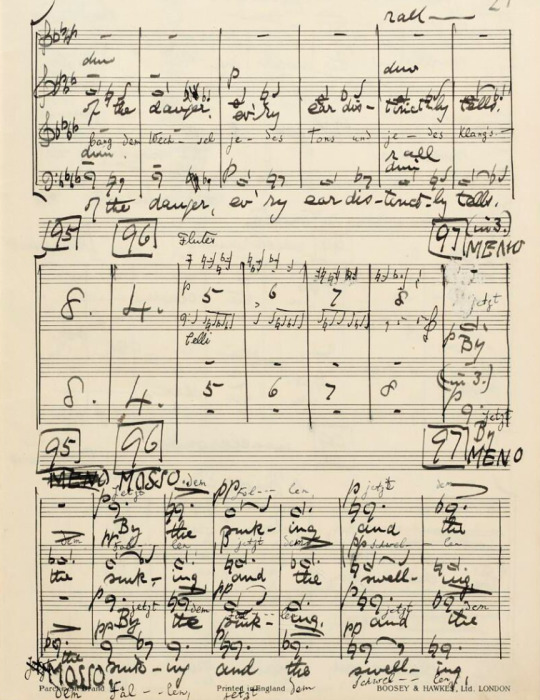
Autograph manuscript of the chorus of Part II of Rachmaninoff's Kolokola (The Bells), Op. 35, c. 1936.
2K notes
·
View notes
Photo

Toshiro Mifune at home, 1950s.
2K notes
·
View notes
Photo

Mikhail Belov's statue of Nikolai Gogol on Malaya Konyushennaya street in St. Petersburg.
614 notes
·
View notes
Photo
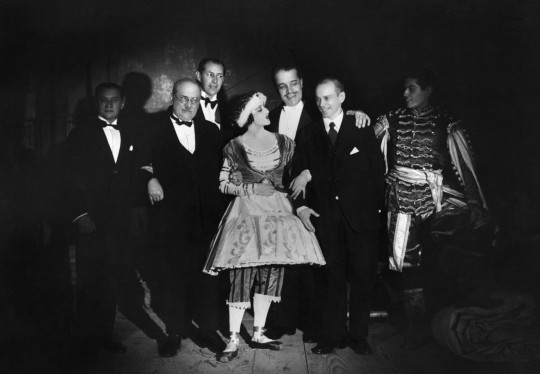
Nikolai Kremnev, Alexandre Benois, Boris Grigoriev, Tamara Karsavina, Sergei Diaghilev, Vaslav Nijinsky and Serge Lifar at the Paris Opera, 1920s
#Alexandre Benois#Tamara Karsavina#Sergei Diaghilev#Vaslav Nijinsky#Serge Lifar#Ballet#Ballets Russes
169 notes
·
View notes
Photo
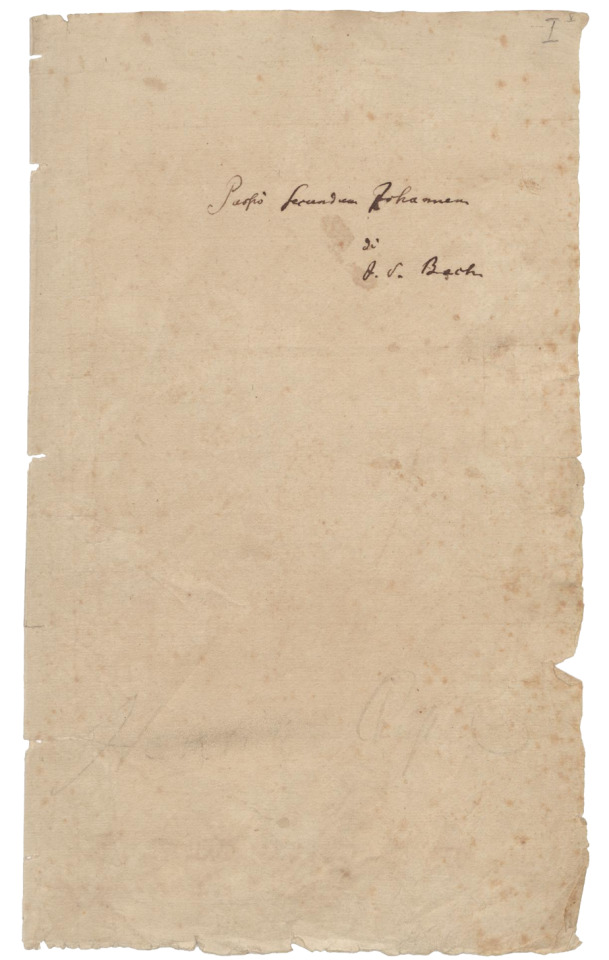



Original title page and opening chorus of Bach’s Johannes-Passion, BWV 245 (1749 version).
5K notes
·
View notes
Note
I will always be in awe of your ability to combine being so well read and cultured and yet so modest and gentle. A rare soul
Thank you, ever so much 🖤
59 notes
·
View notes
Photo
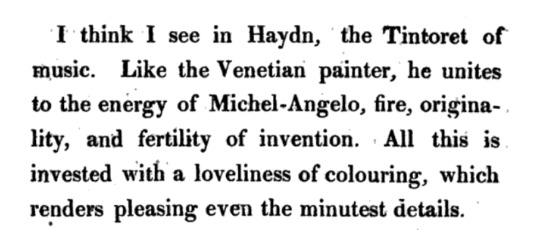
Stendhal, The Life of Haydn, in a Series of Letters Written at Vienna: Letter XX (trans. L. A. C. Bombet)
312 notes
·
View notes
Photo

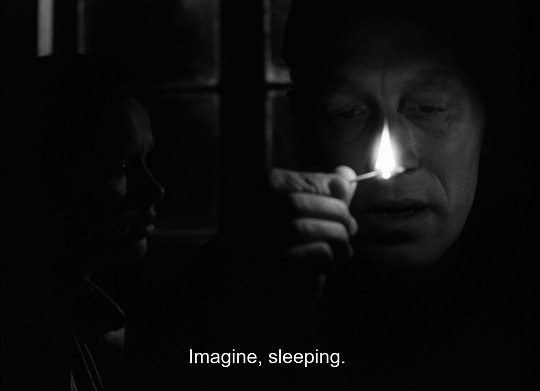

Hour of the Wolf (Vargtimmen), dir. Ingmar Bergman, 1968.
3K notes
·
View notes
Quote
“Dreams of reason produce monsters”, prophesied this brilliant artist [Goya], who during the day painted portraits of the women of the court, and then locked himself up to make his drawings, which unmasked the blind positivism of the Illustration. We have finally reached the “broken world” which Gabriel Marcel told us about, and while reality breaks itself into pieces, man fails, psychically and spiritually divided. We will probably never completely understand what Kafka meant to tell us, who expressed, in one of the most profound and revealing works of the twentieth century, the uncertainty and neglect of contemporary man in a harsh and enigmatic universe. The fall of man in a reality in which bureaucracy and power have replaced metaphysics and the gods. Lost in a world of tunnels and hallways, shortcuts and junctions, between cloudy passages and dark corners, man shivers before the impossibility of any goal and the failure of any encounter.
Ernesto Sábato, Before the End: II. It May Be The End
390 notes
·
View notes